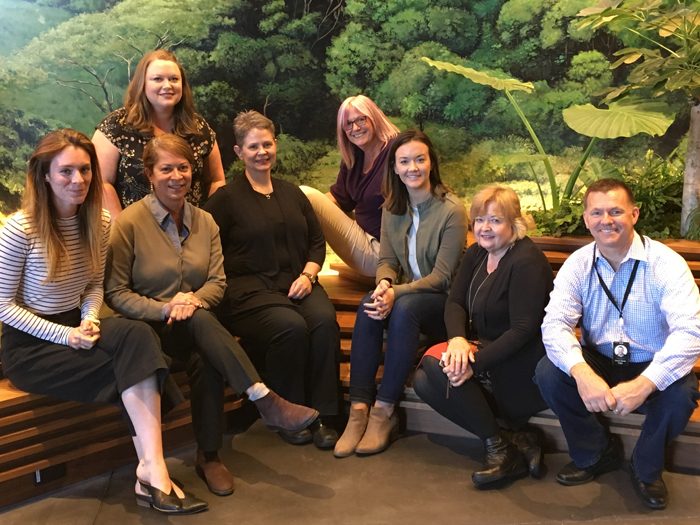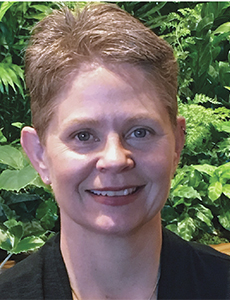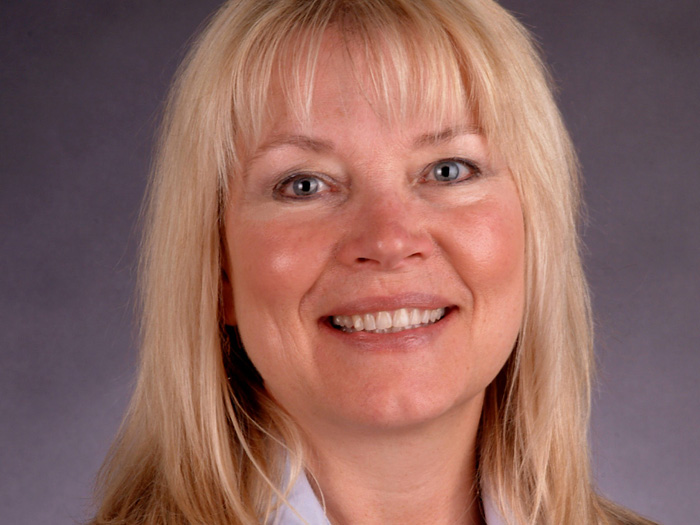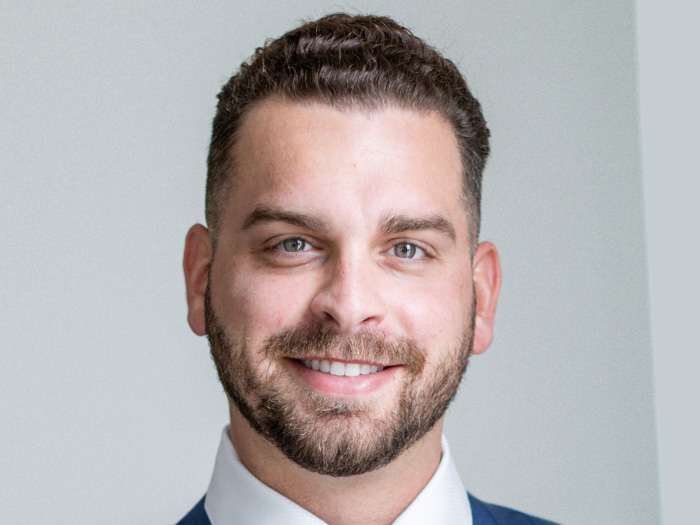Starbucks’ Workers’ Comp Program Earns a Teddy Award for Its Exceptional Employee Advocacy

‘To inspire and nurture the human spirit — one person, one cup and one neighborhood at a time.’ — It’s one thing to see the Starbucks mission statement; it’s another to live by it.
“When we look at our mission statement, sure we serve coffee beverages, delicious pastries and other food items, but really we’re a person-oriented company,” said Noreen Olson, manager of claims, risk management, Starbucks Coffee Company.
“Whatever reason [a customer may have to] visit our store, we ask our partners to have them leave with a smile and a warm feeling. When a partner is injured, we have to treat them with the same approach,” she said.
Inspiring and nurturing the human spirit — it’s right there, embedded in the language: Starbucks calls its employees “partners,” because it believes everyone, from retail store workers to manufacturers, is a partner in the shared success of the company.
Four years ago, when the workers’ compensation team decided it was time to revamp its program, they did so by “looking through the lens of our partners,” said Steve Legg, director of risk management, Starbucks.
“We were focused on building up a program with an eye on our partner experience. Cost was at the bottom of the list. Doing a better job by our partners was at the top.”
And so, with a mindset toward helping each injured partner, one person at a time, this nine-member workers’ comp team reevaluated the program and turned it into an award-winning, employee-oriented machine, helping drive down workers’ comp loss reserves by more than $50 million over the last three years and earning it a 2018 Teddy Award.
Partner Advocacy at Play
Starbucks operates more than 28,000 stores across the globe, with 170,000 partners in the U.S. alone. The company has about 2,500 open claims at any given time, receiving an average of 500 new claims each month.
That being said, the average store has less than one claim per year — meaning injured partners did not always have knowledge about or in-store guidance on the workers’ comp system. But that has since changed.
“Each [strategy implemented] has been a key to success. And they have one major thing in common: They allow the partner to have control,” said Rebecca Kron, senior claims specialist, Starbucks.
“Partner self-reporting — that opened the door,” said Olson. “It was a way of saying, ‘We trust you. We know you feel a need to receive health care.’ With that hand of trust, we set up a basis for a good and supportive claim from the start.”

The Starbucks’ team (L to R): Julia Brash, Rachelle Quick (back), Teresa Bravo, Noreen Olson, Linda Forsberg (back), Elizabeth Moorhouse, Melodie Norris, Steve Legg. Not picured: Rebecca Kron and Nedra Gordon
Before self-reporting, store managers were required to report incidents. With the fast-paced, busy environment of retail stores, however, injuries that occurred on the job weren’t getting reported until hours or even days later. That wasn’t helping partners heal, and it didn’t set up trust the way the team wanted.
“It was Noreen who asked, ‘Why do we require managers to report claims?’” said Legg. “She had the vision and the insight to send a message to our partners that we trust them.”
Legg said the partner advocacy approach didn’t stop with self-reporting, either. An integrated leave and workers’ comp call center operated by Starbucks’ TPA enabled partners to get in touch with someone on the phone, said Legg.
“Workers’ comp can sometimes get marred by leaving messages, but I’d say 70 to 85 percent of questions [about workers’ comp] can be answered in minutes with a live person.”
Starbucks also invested in a dedicated telephonic medical case management team, where injured partners are able to speak with Starbucks-trained nurses from Genex Services, to ask questions about their injury and get help finding care providers.
It goes back to the mission statement, Kron said: “Our mission statement is what we live by. Our standard, when we bring on new examiners or vendors, is to have a one-on-one with them to train in the Starbucks way.”
“If there’s an ineligible claim, we try to find another solution. We’re a solution-oriented group. … if one shoe doesn’t fit, we try to find another shoe that does fit.” — Teresa Bravo, claims supervisor, Starbucks Coffee Company
In this vein, any telephonic case manager from Genex or claims examiner from the TPA that a Starbucks partner calls will provide the care and values threaded throughout the company’s mission statement, while also guiding the partner through the claim.
Since this system went into practice in 2015, claims with nurse involvement have gone from 51 percent release-to-work and deemed maximally medically improved (MMI) to 86 percent release-to-work and deemed MMI.
Additionally, Starbucks experienced a nearly 50 percent decrease in claims litigation, putting overall litigation rates at less than 6 percent.
“They get a person. Our partners are aware that their company cares about them,” said Teresa Bravo, claims supervisor, Starbucks. But, she said, the greatest improvement to workers’ comp came when the team implemented direct deposit of time-loss pay for partners that miss time due to their work injury.
“People get scared when they get hurt, and they’re afraid they’re not going to get any money. There’s a need for financial benefits — that is an urgent concern.” Direct deposit alleviated the scare of waiting for pay, Bravo said.
“It shifts the focus to ‘when I’m going to heal’ or ‘when can I get to physical therapy.’ It removes the financial worry and stress to help the partner focus on healing.”
A Clear Path of Communication and Guidance
Self-reporting of injuries, telephonic case management and a direct deposit system were just the start. For this workers’ comp team, setting up a clear path of communication and guidance was essential to their overall success.
“Our role is to support the partner,” said Bravo. “We want partners to come back to work. We don’t mandate; we communicate with them.”
And “communication is not just one way; it’s multiple ways,” said Kron.
When partners have a concern or question about their claim, they can call and chat with a real person, text message through an automated system, have a one-on-one text conversation with a claims manager, visit Starbucks’ online platform and more.
“We have a variety of avenues to reach out to us,” said Kron.
“And we enjoy the human contact and talking with partners,” Bravo added, just as much as they value having direct access to the workers’ comp team, she said. It’s yet another way the company’s mission statement comes into play, focusing on each individual throughout the process.
“Our job is to get them through the injury and back to work,” said Olson. When it came to evaluating guidance, however, the team found there was still work to be done: Before 2014, Starbucks did not direct medical care or choose physicians for their partners.
“But what we found was many of our partners, a significant portion of whom are relatively young, did not have a primary care physician and had no idea where to go for care.” (The predominant age demographic of partners at Starbucks is between 18 and 25.)
Starbucks began offering its partners access to the Genex Provider Pathway, an online provider look-up tool. And, in addition, Starbucks implemented a pilot program for 200 stores, in which partners receive a Medical Information Guide, or MIG, upon injury.
The MIG offers the partner places to go for care and information about how to fill prescriptions without incurring out-of-pocket costs. It also provides contact information for Starbucks’ TPA Sedgwick.
And while the MIG program is in its infancy, it has already shown improvements, decreasing the use of unnecessary emergency department visits and helping to resolve claims quickly and efficiently.
“All of these combined create transparency,” said Bravo. “Transparency and communication are the key elements to a successful program.
“If there’s an ineligible claim, we try to find another solution. We’re a solution-oriented group. And our philosophy is, if one shoe doesn’t fit, we try to find another shoe that does fit.” &












